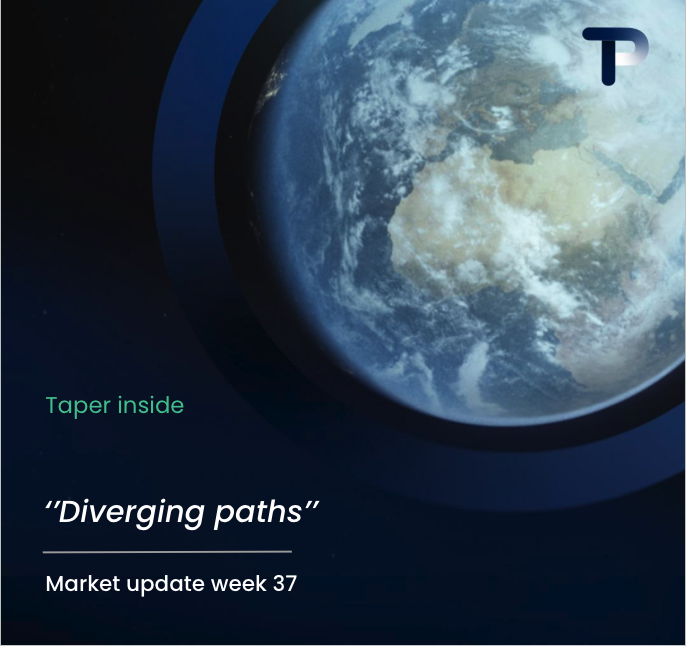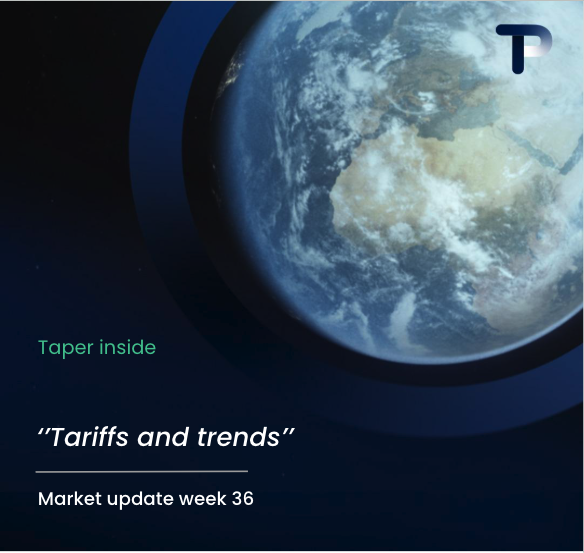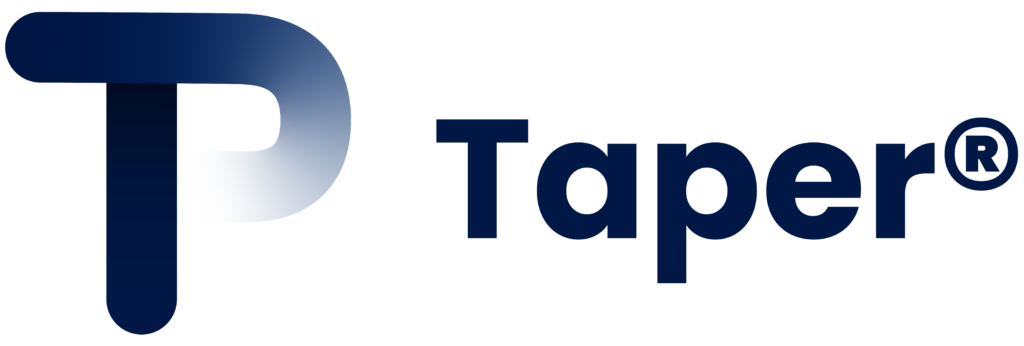To start using trade finance for cross-border transactions, you need to understand your business requirements, gather proper documentation, establish banking relationships, and select appropriate trade finance instruments like letters of credit or documentary collections. Begin by assessing your transaction volume, risk tolerance, and specific international payment needs, then work with qualified financial institutions to implement solutions that support your global trade operations.
Understanding trade finance for international business growth
Trade finance serves as the financial backbone for businesses engaging in international commerce, providing the tools needed to bridge payment gaps between buyers and sellers across borders. This specialised form of financing addresses the unique challenges that arise when conducting business internationally, where trust, currency differences, and regulatory requirements can complicate transactions.
For small and medium-sized enterprises (SMEs), trade finance solutions enable expansion into global markets without the substantial capital requirements typically associated with international business. These financial instruments help manage the inherent risks of cross-border transactions whilst ensuring cash flow remains stable during extended payment cycles.
The importance of trade finance extends beyond simple payment facilitation. It provides security for both importers and exporters, reduces counterparty risk, and offers protection against currency fluctuations. Modern trade finance solutions also incorporate digital platforms that streamline documentation processes and provide real-time transaction tracking.
What is trade finance and how does it work for cross-border transactions?
Trade finance encompasses a range of financial instruments and services designed to facilitate international trade by providing payment guarantees, credit facilities, and risk mitigation tools. It works by creating a structured framework where banks or financial institutions act as intermediaries, ensuring that both buyers and sellers meet their contractual obligations.
The core mechanism involves three primary instruments: letters of credit, documentary collections, and trade loans. Letters of credit provide payment guarantees from the buyer’s bank to the seller, ensuring payment upon presentation of compliant documents. Documentary collections involve banks handling document exchange against payment or acceptance of payment terms.
Trade loans offer working capital financing to support inventory purchases or bridge payment gaps during the transaction cycle. These instruments work together to create a secure environment where international transactions can proceed with confidence, even when parties have limited knowledge of each other’s creditworthiness.
The process typically begins when an exporter and importer agree on terms, followed by the arrangement of appropriate trade finance instruments through their respective banks. Documentation flows through the banking system, triggering payments and goods release according to predetermined conditions.
What are the essential requirements to start using trade finance?
Starting with trade finance requires comprehensive business documentation, including company registration certificates, audited financial statements, and proof of trading history. Financial institutions need to assess your creditworthiness and understand your business model before approving trade finance facilities.
Your business must demonstrate a legitimate need for international trade financing, supported by purchase orders, sales contracts, or established trading relationships. Banks typically require at least two years of trading history and evidence of successful international transactions or clear business plans for market expansion.
Compliance requirements include anti-money laundering (AML) documentation, know-your-customer (KYC) verification, and adherence to international trade regulations. You’ll need to provide details about your suppliers, customers, and the nature of goods being traded, along with any relevant licences or permits.
Banking relationships form another requirement, as trade finance often involves multiple financial institutions across different countries. Establishing relationships with banks that have strong international networks and expertise in your target markets significantly improves access to comprehensive trade finance solutions.
| Document Category | Required Items | Purpose |
|---|---|---|
| Business Documentation | Registration certificates, trading licences, VAT registration | Verify legal business status |
| Financial Records | Audited accounts, management accounts, cash flow projections | Assess creditworthiness and financial stability |
| Trade Evidence | Purchase orders, sales contracts, shipping documents | Demonstrate legitimate trading activity |
| Compliance | KYC forms, beneficial ownership details, sanctions screening | Meet regulatory requirements |
How do you choose the right trade finance solution for your business?
Selecting appropriate trade finance solutions depends on your business size, transaction frequency, risk appetite, and the nature of your trading relationships. Start by evaluating whether you primarily need payment security, working capital financing, or risk mitigation tools for your cross-border transactions.
For businesses with established trading partners and regular transactions, documentary collections might provide cost-effective payment processing. However, when dealing with new customers or high-value transactions, letters of credit offer greater security despite higher costs.
Consider your cash flow requirements when choosing between different financing options. Supply chain finance solutions work well for businesses needing to extend payment terms to customers whilst maintaining supplier relationships. Trade loans suit companies requiring working capital to fulfil large orders or seasonal demand fluctuations.
Transaction volume and frequency influence the choice between individual transaction financing and revolving credit facilities. High-volume traders benefit from establishing ongoing facilities that provide flexibility and potentially better pricing, whilst occasional exporters might prefer transaction-specific arrangements.
Geographic considerations also matter, as some financial institutions have stronger networks in specific regions. Choose providers with expertise in your target markets and understanding of local regulations, currency requirements, and business practices.
Key takeaways for implementing trade finance in your international operations
Successful implementation of SME trade finance begins with thorough preparation of your business documentation and clear understanding of your financing needs. Start by establishing relationships with experienced trade finance providers who can guide you through the process and offer ongoing support as your business grows.
Develop internal processes for managing trade finance documentation, including systems for tracking letters of credit, monitoring compliance requirements, and coordinating with your logistics and accounting teams. Proper documentation management prevents delays and ensures smooth transaction processing.
Consider the total cost of trade finance, including bank fees, insurance premiums, and opportunity costs of tied-up capital. Compare offerings from multiple providers, but remember that the cheapest option isn’t always the best when service quality and reliability matter for your business operations.
Plan for scalability by choosing solutions that can grow with your business. Establishing comprehensive facilities early provides flexibility for future expansion and often results in better pricing as your relationship with financial providers develops.
At TaperPay, we understand the complexities of international trade finance and offer personalised solutions designed specifically for growing SMEs. Our expertise in international payments and multi-currency operations, combined with our network of trusted partners, enables us to provide the trade finance support your business needs to expand confidently into global markets.
Frequently Asked Questions
How long does it typically take to set up trade finance facilities with a bank?
The setup process usually takes 4-8 weeks from initial application to facility approval, depending on your business complexity and documentation readiness. Banks need time to conduct due diligence, credit assessments, and compliance checks. You can expedite the process by preparing all required documents in advance and working with banks that have experience in your industry and target markets.
What happens if my customer disputes the documents under a letter of credit?
Document discrepancies are common and don't necessarily mean payment rejection. Banks will notify you of any discrepancies, and you can either correct the documents, request a waiver from the buyer, or accept a discount on the payment. Most discrepancies are minor formatting issues that can be resolved through communication between all parties involved.
Can I use trade finance if I'm a new business with limited trading history?
Yes, though options may be more limited and require additional security. New businesses can access trade finance through backed-to-back arrangements, where your supplier's creditworthiness supports the facility, or by providing cash collateral or personal guarantees. Some specialist lenders focus specifically on supporting new exporters with government-backed schemes.
How do I manage currency risk when using trade finance instruments?
Most trade finance solutions can incorporate currency hedging through forward contracts or options to lock in exchange rates. You can also negotiate contracts in your home currency to transfer currency risk to your trading partner, or use multi-currency facilities that provide natural hedging across your transaction portfolio.
What are the most common mistakes businesses make when starting with trade finance?
The biggest mistakes include underestimating documentation requirements, choosing the wrong instrument for their needs, and failing to factor in all costs including opportunity costs. Many businesses also rush into agreements without understanding the terms fully or neglect to establish proper internal processes for managing trade finance operations effectively.
Is trade finance only suitable for large transactions, or can it work for smaller deals?
Trade finance works for transactions of all sizes, though minimum facility amounts vary by provider. Many banks offer facilities starting from £50,000, and some fintech providers cater specifically to smaller transactions. The key is finding the right balance between transaction costs and the security benefits for your specific deal size and risk profile.
How do I track and manage multiple trade finance transactions simultaneously?
Modern trade finance platforms offer digital dashboards that provide real-time visibility of all your transactions, document status, and payment schedules. Implement internal tracking systems using spreadsheets or specialized software, assign clear responsibilities to team members, and establish regular review processes to monitor compliance deadlines and cash flow impacts across all active facilities.
Hi there! 👋 I see you're reading about multi-currency IBAN accounts for supply chain payments. Smart choice - these accounts can save businesses 2-4% on every international transaction!
What best describes your current situation with international supplier payments?
Which of these challenges are you currently facing with international payments? (Select all that apply)
What's driving your interest in multi-currency payment solutions? Tell us about your business goals or challenges.
Great! To help us understand your specific needs better, could you share more details about your international payment volume or any particular requirements?
Perfect! Let's connect you with one of our international payments specialists who can show you exactly how Taper's multi-currency IBAN accounts can save you money and streamline your supply chain payments.



